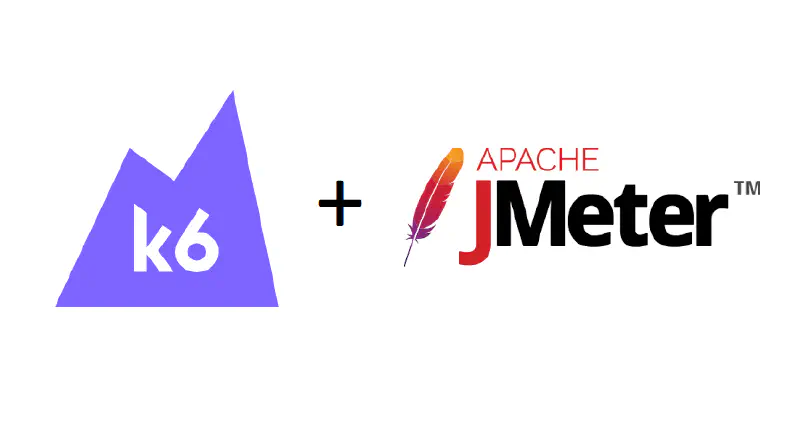Guide to generate cool graphs 📈 after K6 run

Table of Contents
The Introduction
Load testing is a crucial aspect of web and API based application development as it helps business to identify and address performance issues before an application goes live.
While k6 is a popular tool for load testing, it lacks built-in graphing capabilities when running locally.
Instead, it allows you to export test results in multiple formats including CSV format.
In this article, we’ll take a look at how to convert k6 run CSV test results into graphs and then leverage Jmeter to plot. Lets do it !
Prerequisites
- K6
- Python3
- Jmeter + any Jmeter graph plugins
Step 1: Export Results in CSV Format
The first step is to run your k6 tests and export the results in CSV format.
You can do this by running the following command:
k6 run --out csv=path/to/results.csv script.js
This command will run your k6 script and save the results in a CSV file located at the specified path.
Step 2: Convert CSV to JMeter-Compatible CSV
Since we’ll be using JMeter’s graph generator plugin to create graphs, we need to convert the k6 CSV results to a format that JMeter can understand.
To do this, we’ll use a Python3 script.
Here’s a script that converts k6 CSV results to a JMeter-compatible CSV:
import csv
import re
output_rows = []
k6_file = 'result/k6_demo_output.csv'
output_file = 'result/converted.csv'
convertible_names = ['.*']
def convert_to_jmeter_row(row):
timestamp = int(row['timestamp']) * 1000
elapsed = int(float(row['metric_value']))
label = row['metric_name']
responseCode = '200'
responseMessage = 'OK'
threadName = row['scenario']
dataType = 'text'
success = 'true'
failureMessage = ''
bytes = 1
sentBytes = 2
grpThreads = 1
allThreads = 1
url = row['metric_name']
Latency = elapsed
IdleTime = 0
Connect = 0
return [timestamp,elapsed,label,responseCode,responseMessage,threadName,dataType,success,failureMessage,bytes,sentBytes,grpThreads,allThreads,url,Latency,IdleTime,Connect]
def in_row(row_name):
for row in convertible_names:
if re.match(row, row_name):
return True
return False
with open(k6_file, newline='') as file:
reader = csv.DictReader(file, delimiter=',')
for row in reader:
if in_row(row['metric_name']):
output_rows.append(convert_to_jmeter_row(row))
with open(output_file, 'w', newline='') as file:
writer = csv.writer(file)
writer.writerow('timeStamp,elapsed,label,responseCode,responseMessage,threadName,dataType,success,failureMessage,bytes,sentBytes,grpThreads,allThreads,URL,Latency,IdleTime,Connect'.split(','))
for row in output_rows:
writer.writerow(row)
Save this script to a file, say convert.py, and update the convertible_names to include the regular expressions you wish the script to match on. In the example above we’re including all ('.*') which will pull in
additional metadata unrelated to response such as vus_max. We’d recommend to use this script with custom names that are set using K6 Trends. Otherwise, K6 aggregates everything into http_req_duration.
To run the script:
python convert.py
This script will convert the k6 CSV results to JMeter-compatible CSV and save them in a new file located at the specified path.
Step 3: Import CSV in JMeter and Create Graphs
Once you have the JMeter-compatible CSV file, you can import it into JMeter and use JMeter’s graph generator plugin to create graphs.
Here’s how to do it:
- Open JMeter.
- Right click on Test Plan, Add -> Listener -> Desired Graph
- Set the filename to the path of your converted K6 CSV file
- Hit enter

With these simple steps, you can easily convert k6 run CSV test results into graphs using JMeter’s graph generator plugin.
Happy performance testing and result analysis!